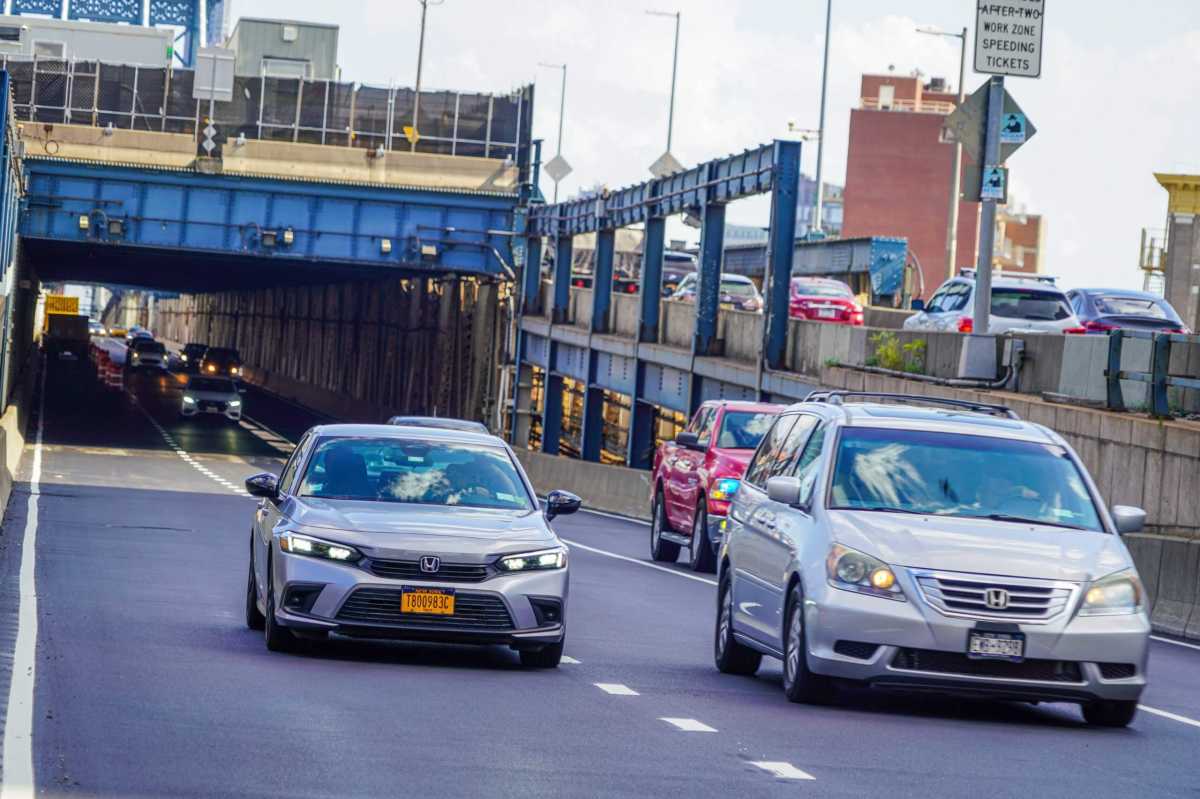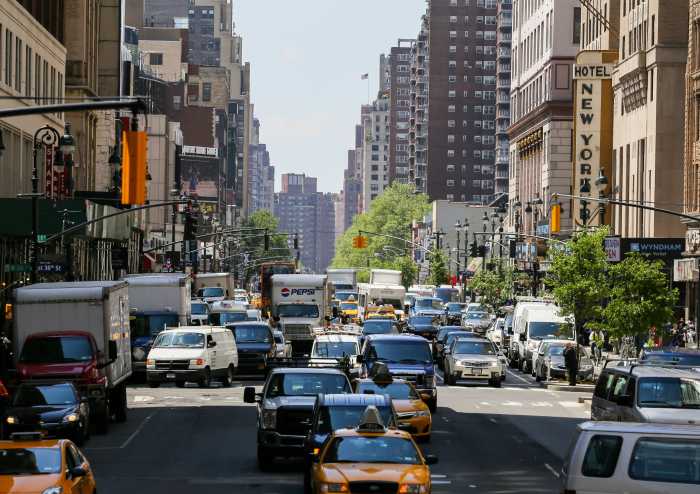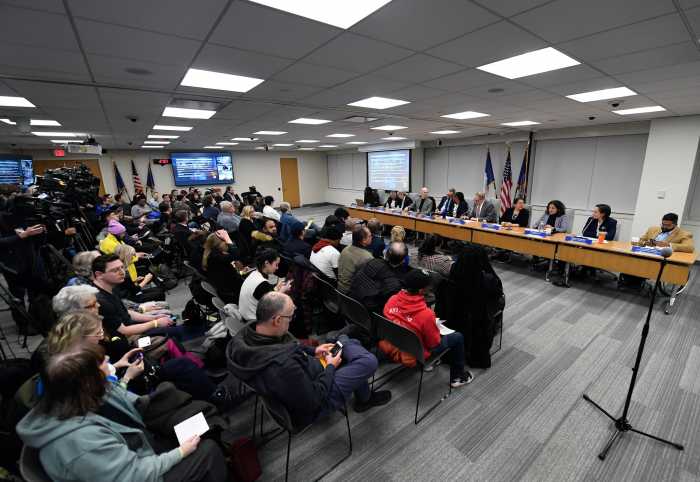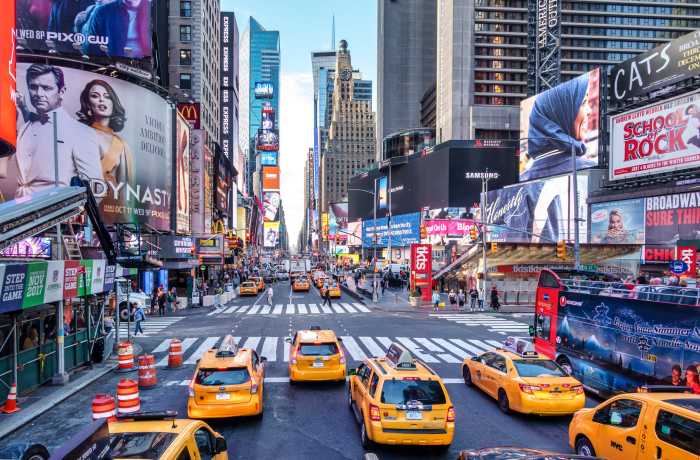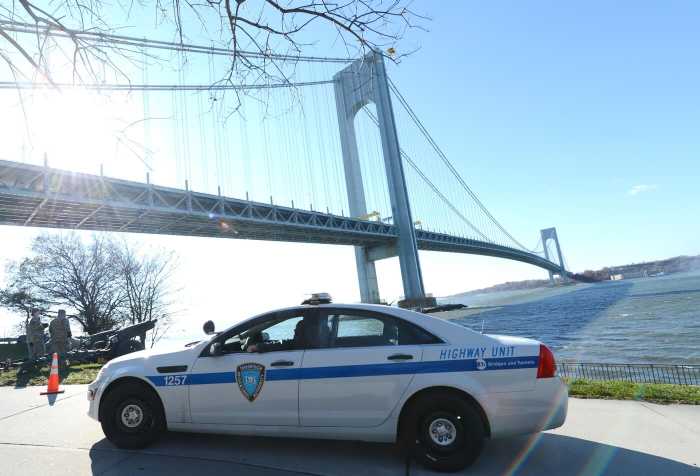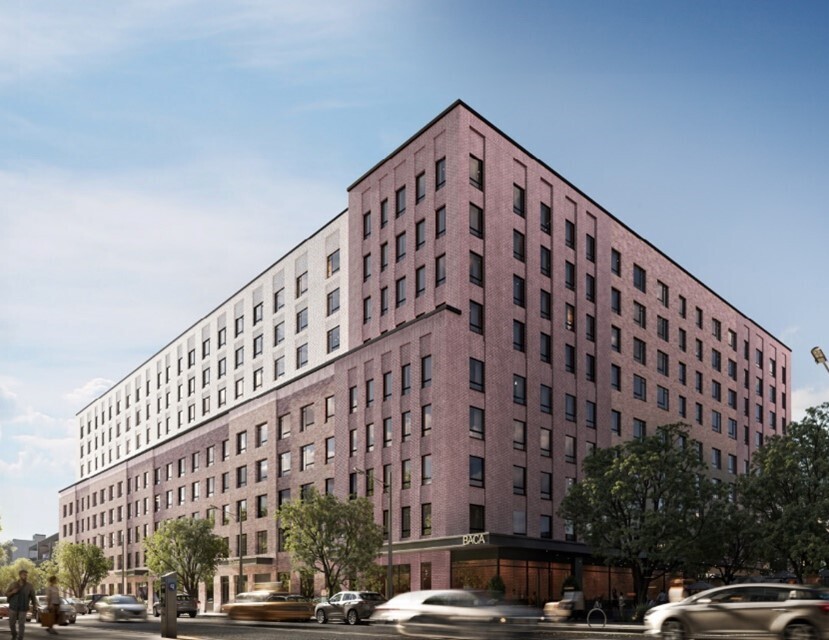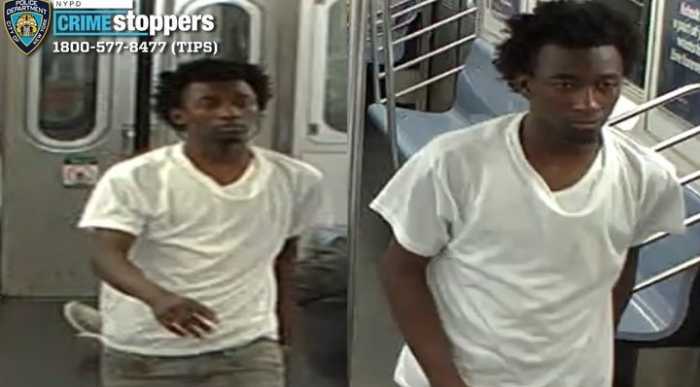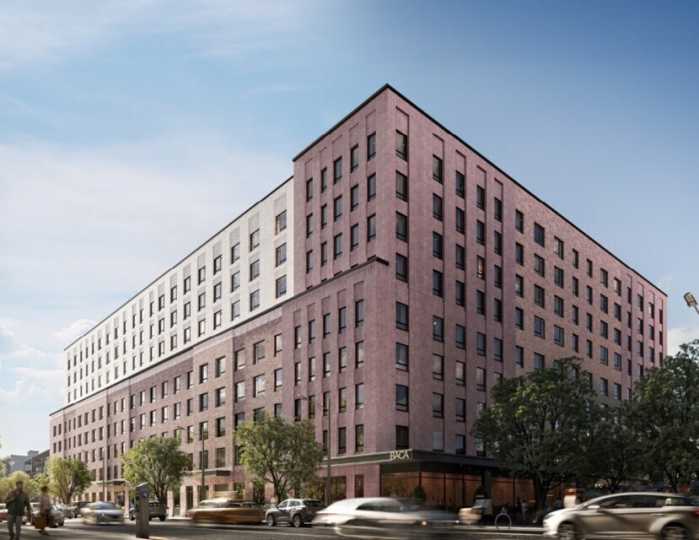At long last, the Federal Highway Administration gave New York state the green light on Friday to proceed with its congestion pricing plan for the Manhattan Central Business District.
The agency issued a Letter of Legal Sufficiency to both the MTA and Governor Kathy Hochul on May 5 authorizing the state to move forward with its plan to create a tolling system for drivers to travel into and from areas of Manhattan generally below 60th Street. According to published reports, it effectively “starts the clock” on additional steps to implement the system, which could be up and running on or about April 2024.
Congestion pricing has been debated off and on for the better part of the last 20 years, since then-Mayor Michael Bloomberg floated the idea as a way to ease traffic in the heart of Manhattan while also generating a new revenue source for public transit improvements. Along the way, the plan proved controversial, especially among outer-borough residents and suburbanites who see the plan as a tax on their driving privileges, and a substantial income hit.
The state legislature and then-Governor Andrew Cuomo approved a congestion pricing plan for Manhattan in 2018, but the plan stalled from there, as it required federal approval in order to proceed. The Trump administration didn’t touch it for the rest of its tenure, and the plan remained pending for the first half of President Biden’s first term in office.
As recently as April of this year, U.S. Transportation Secretary Pete Buttigieg had indicated that the Biden administration was still examining the proposal.
“We’re talking about something that is really new in terms of scope and scale, relative to processing environmental reviews on something that we maybe do hundreds of in a year, like a bridge project for example,” Buttigieg said during an April 13 appearance in Albany. “But certainly, the Federal Highway Administration is working hard on that process. I don’t have any news to make about it today, but that’s certainly one that’s getting a lot of good attention and resources to make sure the process is followed and done well.”
But Friday’s news of federal approval drew the quick praise of the MTA, which stands to benefit from more than a billion dollars in projected annual toll revenue once the congestion pricing system is enacted.
“Congestion pricing is a generational opportunity to make it easier for people to get around in, and get to, the Central Business District, by reducing traffic and funding improvements to the public transit system,” said MTA Chief of External Relations John J. McCarthy. “To do it right, environmental equity has been an integral component. We are grateful that the FHWA has acknowledged the Project Sponsors’ efforts to date and has found the document has met the standards for legal sufficiency.”
Lisa Daglian, executive director of the Permanent Citizens Advisory Committee (PCAC) to the MTA, celebrated the approval as “a significant step forward for our region’s health and the well-being of our transit system.”
“It’s the first next step toward Congestion Pricing, which will mean less traffic, better air quality and reap billions of dollars to improve the MTA’s signals and stations, improve accessibility, buy new rolling stock, and build big things like the next phase of the Second Avenue Subway and bring Metro-North into Penn Station,” Daglian said. “In addition to transit riders, millions of other people will benefit from congestion pricing, including drivers in Midtown and our neighbors in New Jersey.”
Riders Alliance Executive Director Betsy Plum, however, called the development “the best Friday afternoon news dump ever.”
“After years of delays, which transit riders are all too familiar with, the federal government has finally decided that millions of New Yorkers, commuters, and visitors to our city can have nice things after all,” Plum said in a statement. “Now Governor Kathy Hochul has all the power she needs to raise the money to fix our subway and deliver the reliable and accessible service every New Yorker deserves. The case for congestion pricing, with all of its benefits, could not be stronger than it is today.”
The approval means that the MTA’s Traffic Mobility Review Board can now proceed with issuing final recommendations for toll rates and exemptions, which would then have to be approved by the MTA Board.
At this point, the MTA is not expecting to implement the program until, at the earliest, the second quarter of 2024, an MTA spokesperson told amNewYork Metro in April. The delay means the MTA will have to forego about $250 million in capital money for Fiscal Year 2024.
The scope of the agency’s $55 billion capital plan is dependent on revenue from congestion pricing.
With reporting by Ben Brachfeld
Read more: Woman Found Dead from Overdose in Queens Karaoke Lounge



